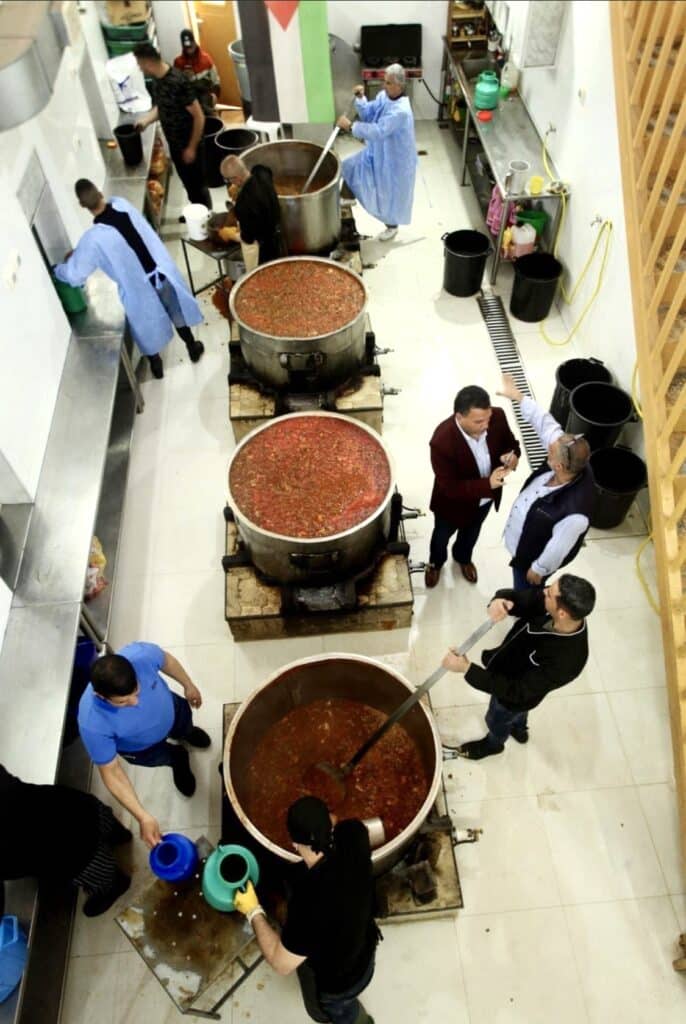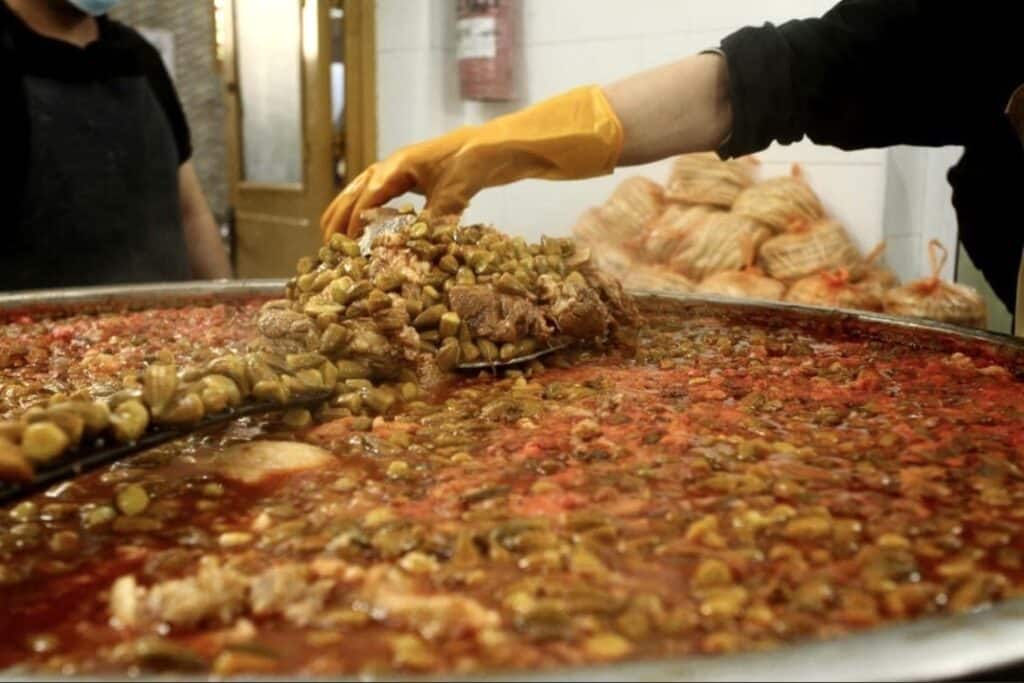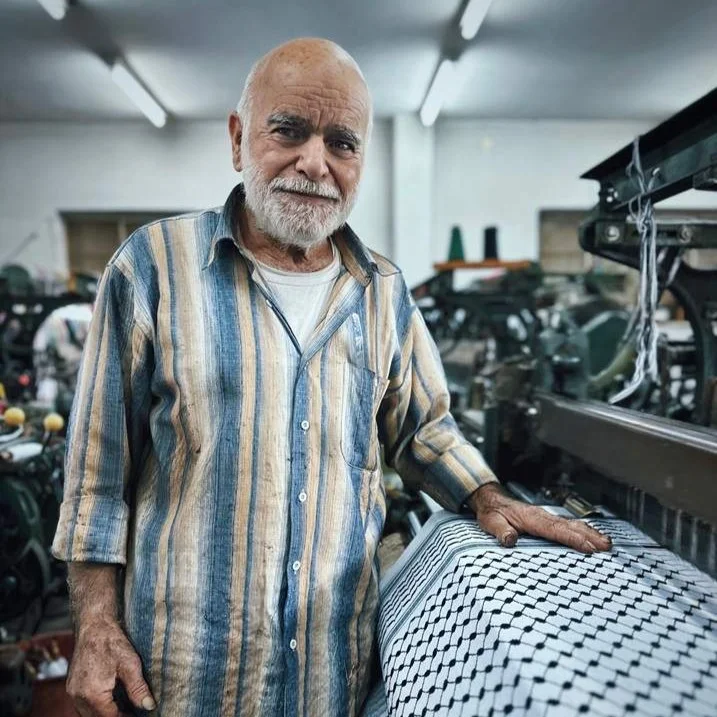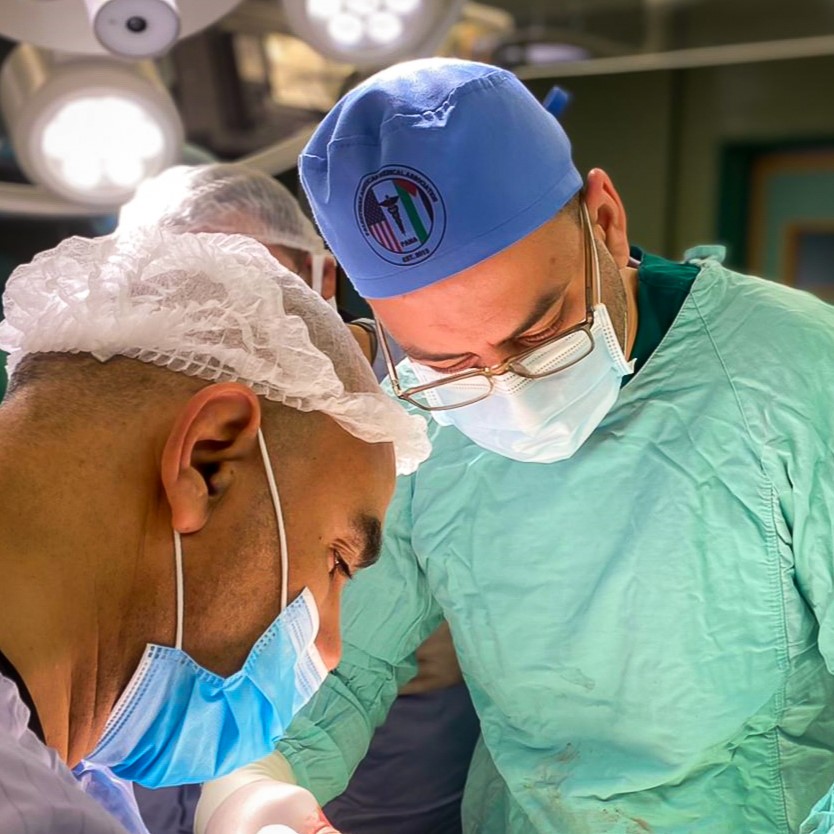The Hirbawi Factory will be donating €1 of every Kufiya sold to Al Tkiya Al Ibrahimiya, to be used for the purchase and cooking of food for those without. We tell the story of this wholesome organisation and its many centuries of service to those in need, of which not many even within Palestine may know about…
From the time of the Ayyubid Dynasty of Salah al-Din (Saladin), famed Medieval military general and Sultan of Egypt & Syria, a “haven” for the poor has existed and presided deep within Hebron, Palestine. Al Tkiya Al Ibrahimiya, a community organisation located in the centre of Hebron City, has acted as a cookery providing thousands of people with hot meals ever since it was established in 1279. A sanctuary for the poor, hungry and needy for almost a thousand years, Al Tkiya of Hebron is a cherished part of the community of the city, and of Palestine. A symbol of national solidarity, and an example of the principle of caring for one’s neighbours.

Feeding The Poor for a Thousand Years
The word “Tkiya” is considered of Turkish origin, and it refers to any place created to accommodate the poor. The city of Hebron, often nicknames as “the city where no one is hungry”, first started the idea of a “Tkiya” and having “Tkiyas” within the Medieval Islamic world. Tkiya AlIbrahimiya is considered the oldest Tkiya in Hebron, and one of the oldest in the world.
Established in the era of the Ayyubid Dynasty, which ruled the region between the years 1174 and 1250, the Tkiya has provided meals to the poor throughout the entirety of every year since that time.
Al Tkiya Al Ibrahimiya is named after the world renowned Ibrahimi Mosque. The mosque lies at the heart of Hebron City, and is considered a sacred location for all Abrahamic Religions. Below the mosque is a series of underground caves known as the Tomb of the Patriarchs, believed to be the resting place of the prodigal Prophet Abraham and his closest descendants.

Many Mouths to Feed
The Tkiya has been a symbol of goodness in the city of Hebron since the Ayyubid era, through the Ottoman era, and until the present day. In the past, the Tkiya had a wheat mill and bakery, and it served three meals a day. The drums were banged three times a day to let the poor know when they would receive their meals from the Tkiya. In recent years however, the Tkiya has had to ration its meals to keep up with demand.
During the Nakba in 1948 and the 1967 war, it welcomed and fed thousands of Palestinians who came for refuge after they had been expelled from their villages by Israeli militia.
The Tkiya has never witnessed a higher number of people than the recent period. In light of the policy of starvation and the siege imposed on the Palestinian people as a collective punishment for their democratic choice, a lot of Palestinian families have lost their source of living.
As the number of people in poverty increased, the amount of people relying on the Tkiya Al Ibrahimiya increased by more than 15%, as has the number of hot meals prepared.
An Eternal Moonlight
The cooks of Al Tkiya Al Ibrahimiya operate non-stop throughout the year. In their eyes their purpose is to provide a meal to anyone that knocks on the Tkiya’s doors, and to make sure that every family in Hebron has food on their table. At the break of dawn, the cooks begin preparing meals to be given out by morning. All expenses are covered with the help of donations from people within and outside of Palestine.
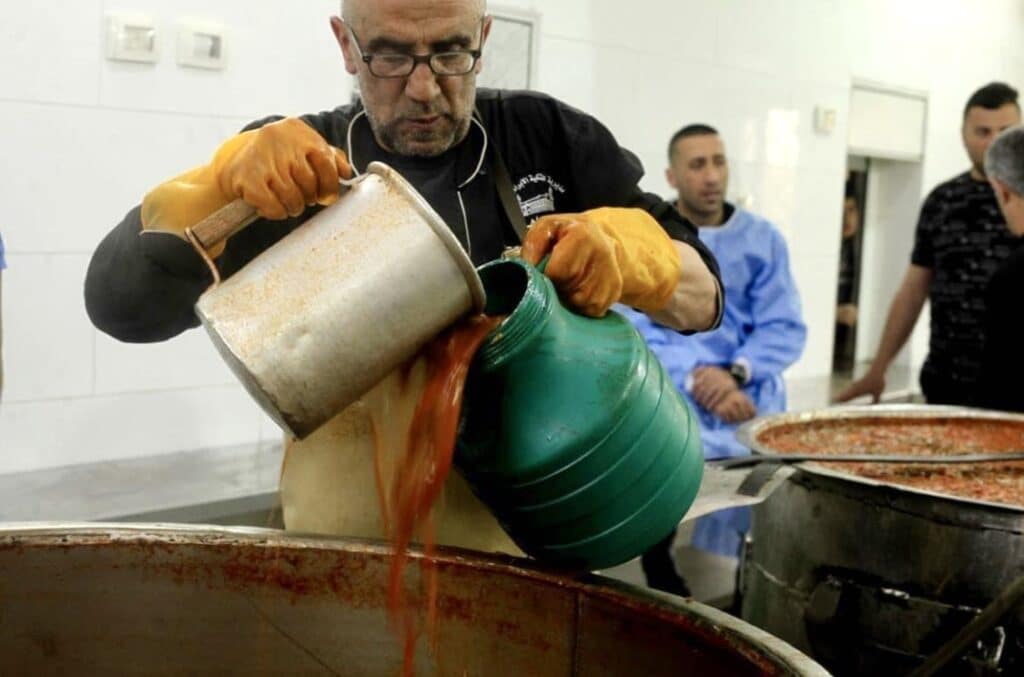
With the economic and financial difficulties faced by Palestinian families at present, the Tkiya makes sure to work harder and provide extra meals for those who needed them. Much of its contributions are earned during the first days of Ramadan, as people race to donate to feed the poor. With the help of the Tkiya, Hebron has earned a positive reputation, as “the city where no one is hungry”. A city where every man, woman and child sleep a little easier, with one less worry on their mind.
How you can Help – Al Tkiya Al Ibrahimiya
Interested in helping the Tkiya of Hebron in its mission to feed those in need? For the remainder of the Month, in appreciation of both the Muslim Ramadan and Christian Easter, the Hirbawi Factory will be donating €1 of every Kufiya sold to Al Tkiya Al Ibrahimiya, to be used for the purchase and cooking of food for those without
Ramadan and Easter are both considered months of charity and good deed, and since there are many Palestinians struggling to prepare a decent meal for their families during this holy month, we have decided to help in some way and allow those of you who would like to help, to be able to do so.
Thank you all for your kindness, wherever you may be.

